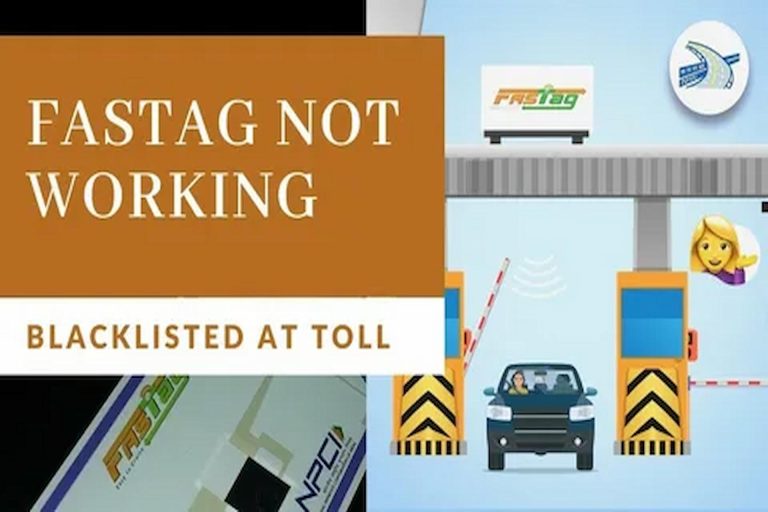When working in a warehouse that sprawls over a great deal of space, you need some form of direction. For this, you employ floor labels in order to show people the direction they should be going in. The layout of your warehouse floor is not dictated around your floor labels, but rather the floor labels placed in accordance to the warehouse layout. While it is wise to have a warehouse layout that is relatively ordered and not confusing, laying down a few floor labels can turn a difficult labyrinth of shelves and crates into a fine and ordered system that allows you and your staff to get around fine. The benefit of floor labels for forklift or other transport drivers is to give them a system of getting around the warehouse easily without having to stop to assess which part of the warehouse they are in. Using floor labels to identify certain rows either using letter or number is a great way of identifying and marking the rows. Say for instance you had a warehouse that had space free on the upper corner on the right from the entrance, you could say to the forklift driver to place a crate on the shelf in the row of that corner, A12 for the sake of argument, instead of just sending them to a vague space in the upper right corner of the warehouse which may or may not be where you want the crate placed.
This is just a single example of how effective floor labels are. In many cases floor labels can be used to create a road system as it were for employees, meaning if you have a number of forklifts running through the warehouse you can use floor labels to create the road system and therefore reduce the risk of collisions. These collisions are usually stemmed from confusion and a lack of indication of which side of the floor they should be on, with proper floor labels marking the direction there should be no confusion and as a result there should be no major collisions as a result of using floor labels.
Looking for affordable floor labels? Get in touch with Jeka today!



